How to Perform Broken Tooth Extraction: A Step-by-Step Guide Procedure
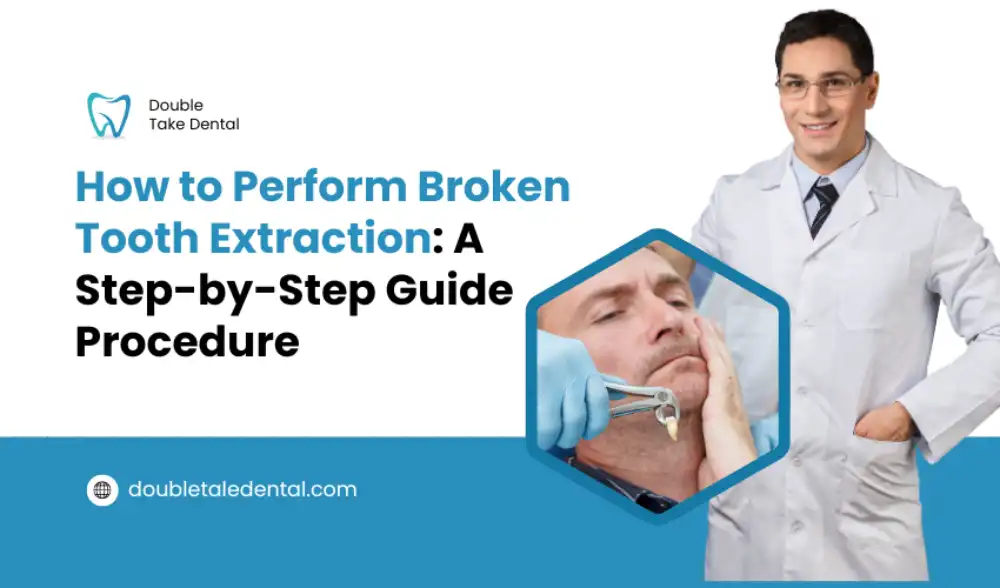
Damaged or decayed teeth may result from various causes, including wear and tear, accidental trauma, and decay. If these issues are not treated on time, they may cause multiple oral complications.
These complications include infections, misalignment of new teeth, and damage to surrounding teeth. That’s why treating the damaged or decayed teeth on time is important.
One of the most common methods of addressing damaged teeth is tooth extraction, followed by the implantation of new teeth. However, many people are afraid of extracting broken teeth because they are unaware of the procedure.
However, this is the best way to restore your smile and complete your look. Let’s learn more about how to remove a broken tooth, why it is important and when it is time to extract teeth.
Let’s get started!
Signs You Need Professional Intervention
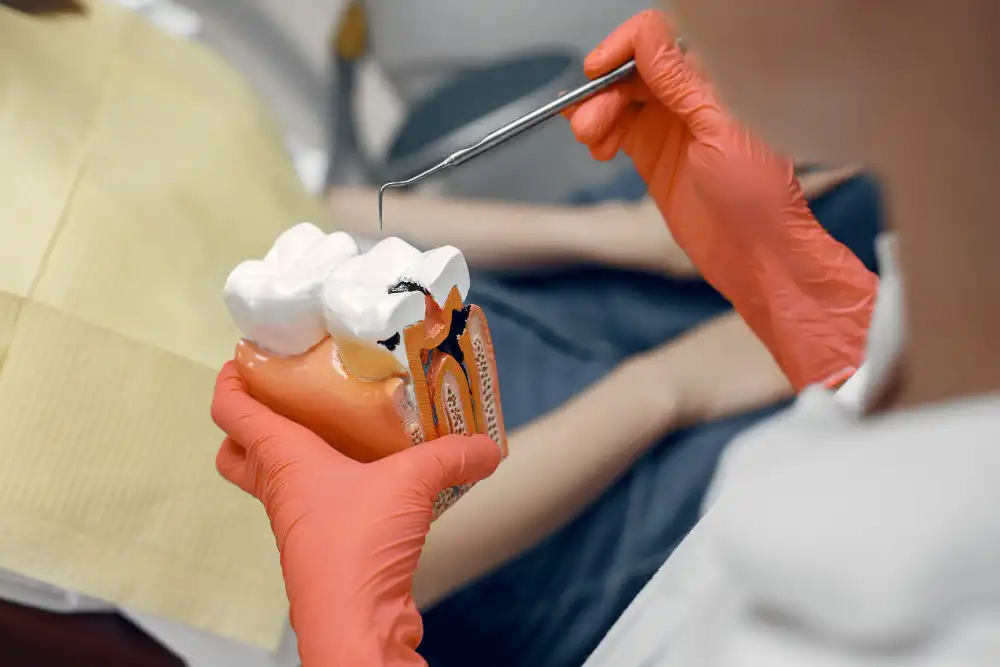
People often wonder how we will know that our teeth need extraction. Here are a few signs that indicate you need to remove your damaged tooth.
- Severe pain in the damaged area of the teeth
- Frequent bleeding that may be prolonged
- Bad smell in your breath
- Symptoms of infection include fever, along with pain and swelling around the area
- Difficulty in swallowing due to pain
Broken Tooth Extraction Procedure: Step-by-Step Guide
Understanding the tooth extraction procedure can help you overcome your nervousness before the treatment. Here is a complete overview of the tooth extraction process.
Step 1: Preparation for Extracting a Cracked Tooth
Before starting the process, your dentist will examine your cracked tooth completely. They will analyze it thoroughly by using mouth mirrors, explorers, and periodontal probes. Moreover, they may ask you to get an X-ray to reveal hidden details.
Before you get your tooth extraction, you may be asked to
- Stop eating at least 7 to 8 hours before your treatment
- Avoid alcohol and smoking (if you do any of them)
- Get sedation or anesthesia depending on the complexity of your tooth
Sedative therapy includes nitrous oxide, oral conscious sedation, and intravenous (IV) sedation. For more complex cases, the dentist gives anesthesia to avoid pain during the procedure.
Step 2: Extraction of the Broken Tooth
Your dentist will begin the extraction by numbing the area around your teeth with a local anesthetic. Next, they will carefully loosen the broken tooth using special tools like an elevator or forceps. If the tooth is severely damaged, the dentist may need to make a small incision to remove it completely.
In cases where a tooth is severely damaged and broken into pieces, or for a broken molar extraction, your dentist may perform oral surgery. During this procedure, the dentist will remove and replace some bone after extracting the broken tooth. Once the dentist loosens the tooth, they will remove it and clean the socket with disinfectants to prevent infection.
Step 3: Post-Extraction Care and Recovery
After the teeth are successfully removed, your dentist places a dental gauze in the empty socket of your extracted teeth. You will be asked to put a little pressure on it. This gauze helps make a clot, which is important to stop bleeding.
Once the blood clot is formed, you can remove that gauze. However, you can experience minor bleeding from that area while chewing or accidentally touching the treated area for the next 24 hours.
Tips for Quick Healing After Tooth Extraction
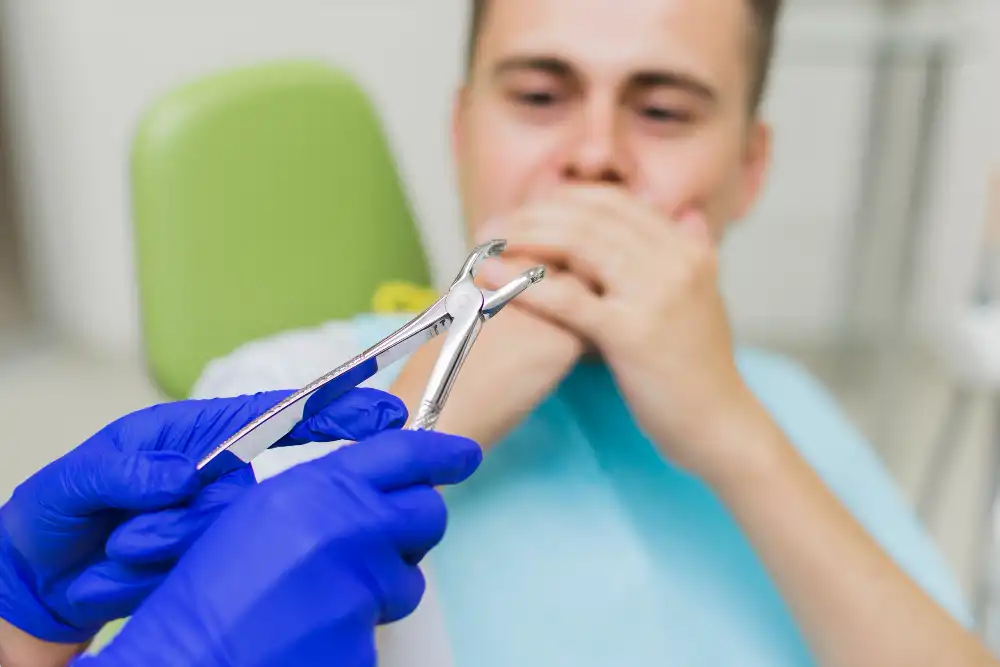
Proper aftercare is crucial after tooth extraction, as it will help with quick healing. Here are some effective tips.
- Ice packs can help reduce swelling, and over-the-counter medications like ibuprofen will help manage pain.
- Medications suggested by your dentist help relieve pain, prevent infection, and help speed up the healing process.
- Resting and avoiding strenuous activity for the first 24 to 48 hours will also promote healing.
- Avoid hard or hot foods for a few days after the procedure to prevent irritation at the extraction site.
- Maintaining oral hygiene is essential, but be cautious around the extraction site. Your dentist may advise you to rinse with warm salt water to keep the area clean.
Why Choose Double Take Dental for Your Tooth Extraction?
When it comes to tooth extraction, you must consult an experienced dentist. At Double Take Dental, we have been serving for years. We have hundreds of satisfied patients which makes us a trustworthy choice.
Our dentists are highly qualified and experienced. They are well-trained to use advanced technology and tools carefully and efficiently to make the process easy.
Final Words
Many people are afraid of broken tooth removal, but it is the best solution to avoid further complications. If you feel pain, swelling, or intense bleeding from your broken tooth, it is time to consult a specialist and remove that tooth. Otherwise, it may cause infection or further oral health complications.
Recent Posts
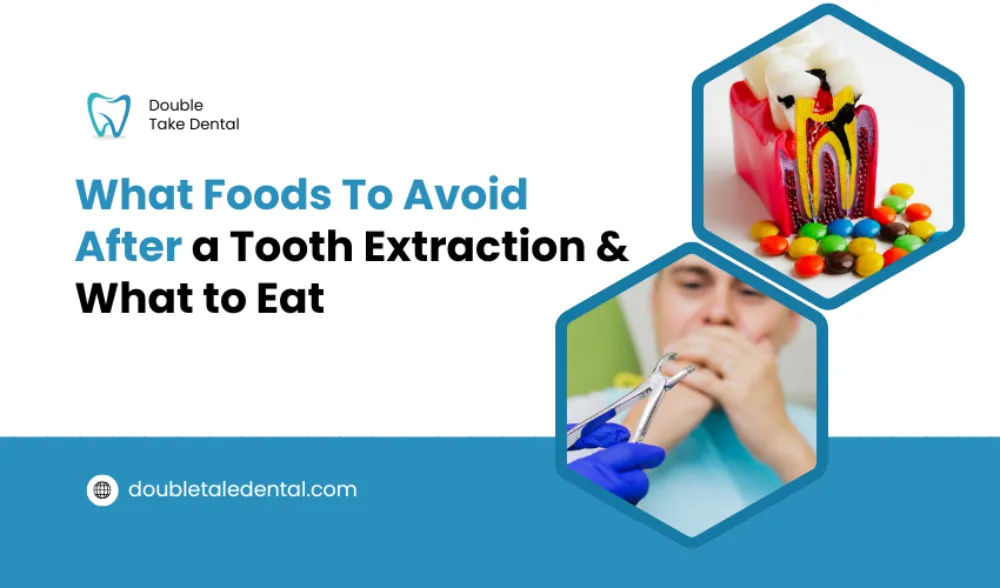
What Foods To Avoid After a Tooth Extraction & What to Eat
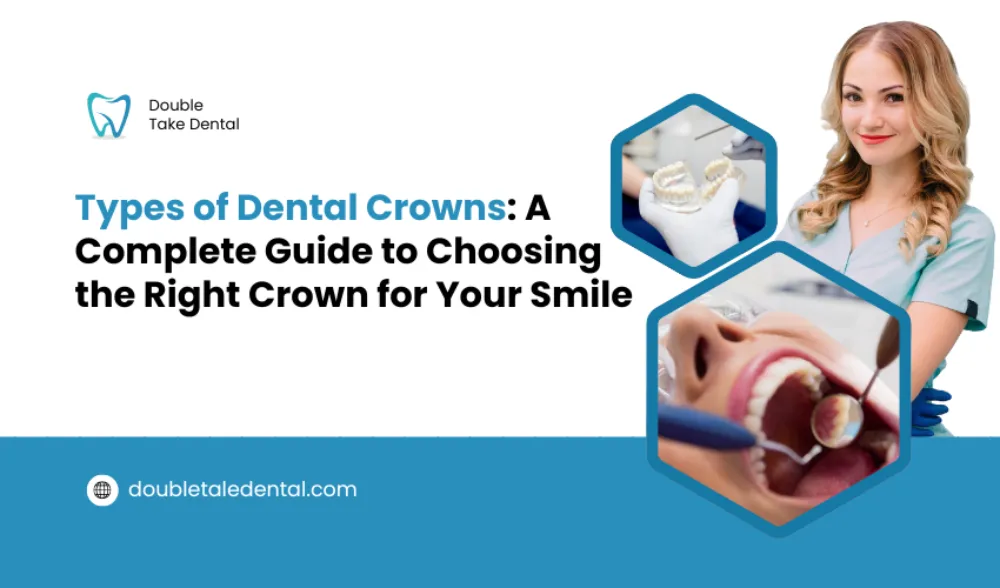
Types of Dental Crowns: A Complete Guide to Choosing the Right Crown for Your Smile

What to Eat After Root Canal: Recovery Tips & What to Avoid

